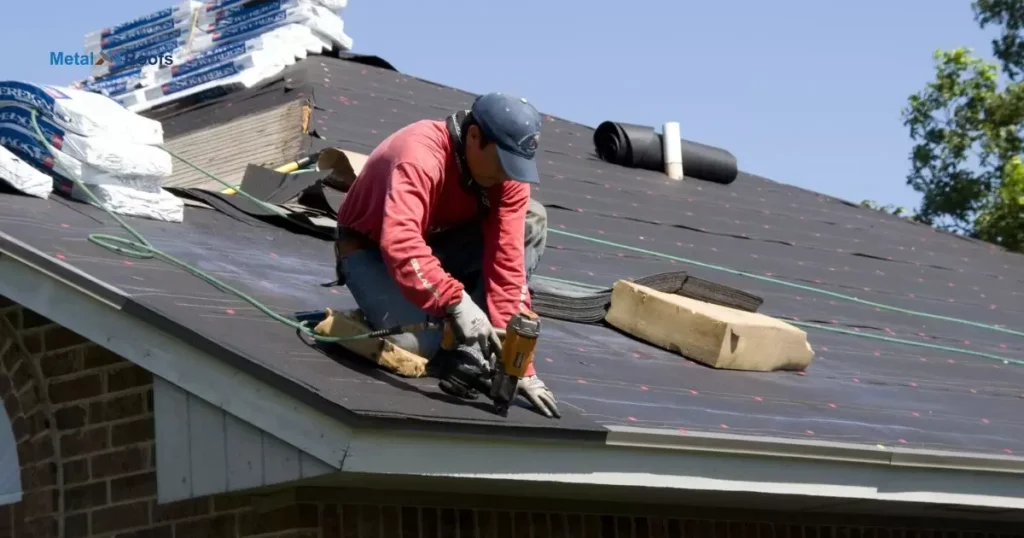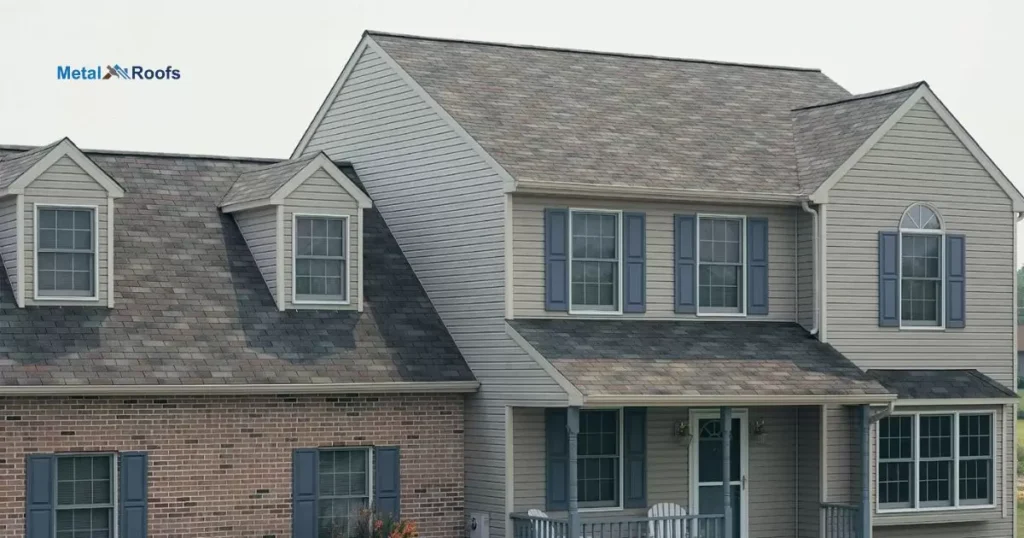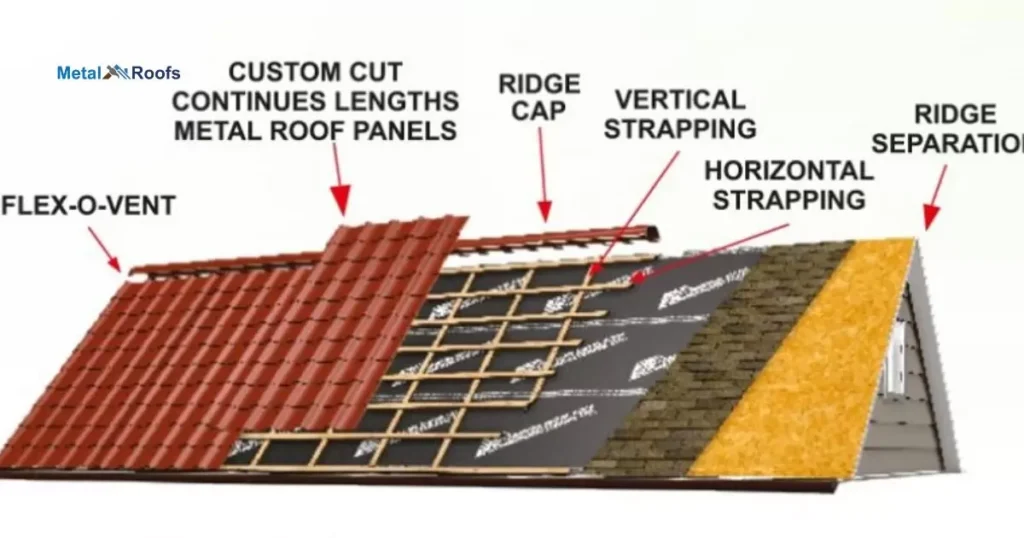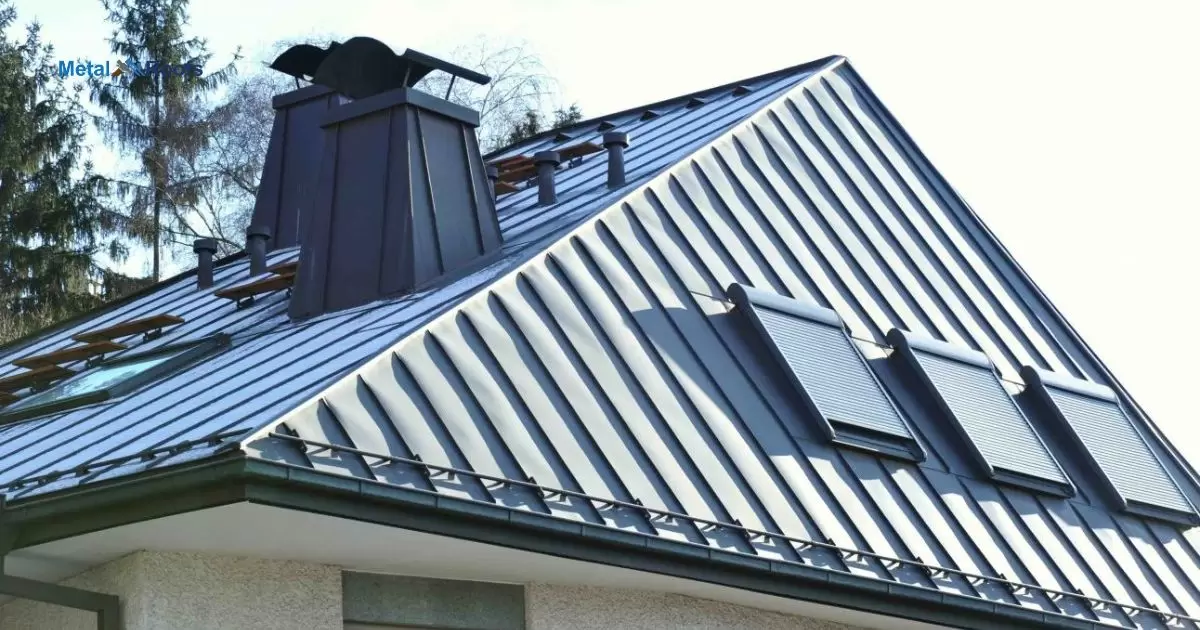Thermal expansion noise occurs as materials expand with heat. This expansion causes objects to make popping or cracking sounds. Building materials like wood, metal, and plastic experience this. Temperature changes make these materials grow and shrink slightly.
Temperature changes make them grow and shrink, rubbing together. But you can stop it. Find where it’s coming from. Identify noisy materials. Apply simple tricks like caulking gaps. Or try more complex fixes. How to stop thermal expansion noise? Regain your peaceful haven.
Thermal expansion noise can be really frustrating. It’s caused by materials expanding and contracting, such as the phenomenon often observed with metal roofs. Common in homes, it’s an annoying disturbance. But there are ways to reduce or eliminate it. With some simple steps, you can quiet those noises.
Key Takeaways
- Identify noisy areas caused by expanding/contracting materials
- Caulk gaps and cracks where materials rub together
- Use insulation properly to prevent temperature fluctuations
- Replace old windows and doors with better insulated ones
- Apply lubricant to hinges and moving parts
- Install noise-reducing underlayment for floors and walls
What Causes Thermal Expansion Noise?
| Causes | Description |
| Temperature Changes | Materials expand or contract due to temperature changes. |
| Rapid or Uneven Expansion/Contraction | Rapid or uneven expansion/contraction creates stress on surrounding structures or components, leading to noise. |
| Common Sources | Metal components like pipes or ducts are common sources of thermal expansion noise, but it can also occur in other materials such as wood or concrete. |
| Insufficient Flexibility in Supports or Connections | Lack of flexibility in supports or connections exacerbates the issue, causing louder and more frequent noises |
Thermal expansion noise happens when materials expand or contract due to temperature changes. As materials heat up, they expand, and as they cool down, they contract. When this expansion or contraction occurs rapidly or unevenly, it can create stress on surrounding structures or components.
This stress leads to creaking, popping, or banging sounds. Metal components like pipes or ducts are common sources of thermal expansion noise, but it can also occur in other materials such as wood or concrete. Insufficient flexibility in supports or connections can exacerbate the issue, causing louder and more frequent noises.
Effective Solutions To Consider

Consider the following points to effectively address thermal expansion noise:
- Install expansion joints or flexible connectors.
- Insulate pipes and ducts with foam or rubber.
- Adjust supports or use anti-vibration pads.
- Conduct regular maintenance and inspections.
- Seek professional guidance for tailored solutions.
- Proper Insulation Techniques
Utilizing Expansion Joints
Expansion joints are flexible connectors that absorb movement caused by thermal expansion. They prevent noise and stress from affecting other parts of a structure. Commonly used in piping systems, bridges, and buildings.
Expansion joints provide a buffer for movement, reducing the risk of damage. They are essential for maintaining structural integrity and preventing disruptions due to temperature changes.
Regular inspection and maintenance of expansion joints are necessary to ensure they function properly. Consulting a professional engineer or contractor can help identify and address any issues with expansion joints.
Soundproofing Strategies
Increase mass: Add dense materials like drywall or mass-loaded vinyl to surfaces to block sound transmission effectively.
Create air gaps: Install double-glazed windows or resilient channels to create an air gap between surfaces, which helps absorb and dissipate sound vibrations.
Seal gaps and cracks: Use acoustical caulk or weatherstripping to seal any gaps or cracks, preventing sound leakage.
Install sound-absorbing materials: Incorporate acoustic foam panels or fiberglass insulation to dampen noise within a space.
Strategic placement: Position furniture, rugs, and drapes strategically to absorb sound reflections and improve overall soundproofing.
Professional Assistance Benefits

Expertise: Professional assistance provides expertise in diagnosing and addressing thermal expansion noise effectively.
Tailored solutions: They recommend customized solutions based on the specific circumstances, ensuring optimal results.
Implementation guidance: Professionals oversee the implementation of appropriate measures, minimizing the risk of further noise issues.
Cost-effectiveness: Their experience helps in selecting the most cost-effective methods for long-term noise reduction.
Efficient outcomes: With professional guidance, you can achieve a quieter and more comfortable environment efficiently.
Diy Soundproofing Methods
Seal gaps and cracks: Use acoustical caulk or weatherstripping to seal any gaps or cracks in doors, windows, or walls, preventing sound leakage.
Add mass: Hang heavy curtains, blankets, or even tapestries to add mass to walls, which helps absorb sound vibrations.
Install soundproofing materials: Place acoustic foam panels or fiberglass insulation on walls or ceilings to dampen noise within a room.
Use rugs and carpets: Place thick rugs or carpets on floors to help absorb sound and reduce reverberation.
Build soundproof barriers: Construct DIY soundproof panels using plywood, mass-loaded vinyl, and insulation to create barriers against noise transmission.
Rearrange furniture: Positioning furniture strategically can help absorb sound reflections and improve soundproofing within a room.
Insulation Techniques
Insulation is key to reducing thermal expansion noise. It helps by absorbing the expansion and dampening the resulting noise. Common insulation materials include foam, rubber, and fiberglass.
Installing insulation around pipes and ducts can significantly decrease noise caused by thermal expansion. Proper insulation not only minimizes noise but also improves energy efficiency by reducing heat loss.
Choosing The Right Materials
Selecting the appropriate insulation material is crucial. Fiberglass and cellulose are popular choices due to their effectiveness and eco-friendliness. Research thoroughly and seek professional advice to make the best decision for your insulation needs.
Proper Installation Procedures

Proper installation procedures are essential for the effectiveness of insulation. Ensure that the insulation material is installed tightly without any gaps or voids to prevent heat loss or air infiltration.
Follow manufacturer guidelines and seek professional assistance if needed to guarantee correct installation for optimal performance.
Frequently Asked Questions
How Do You Stop Thermal Expansion?
Stop thermal expansion with expansion joints, insulation, suitable materials, damping, structural modifications, vibration isolation, regular maintenance, noise barriers, and professional advice if needed.
How Can We Stop Thermal Expansion?
To stop thermal expansion, use expansion joints, choose suitable materials, insulate effectively, apply damping materials, reinforce structures, and maintain them regularly.
How Do You Stop Pipe Expansion Noise?
To stop pipe expansion noise, first, install expansion joints to absorb movement. Use insulation to regulate temperature changes and dampen sound.
Conclusion
Thermal expansion noise is a common household issue. It occurs when materials shift due to temperature changes. Identifying noisy areas is the first step to address it. Apply solutions like caulking gaps and using insulation properly.
Don’t let those pops and cracks disrupt your peace. Take action to stop thermal expansion noise today. With some simple fixes, you can enjoy quiet again. A little effort goes a long way for silence.











